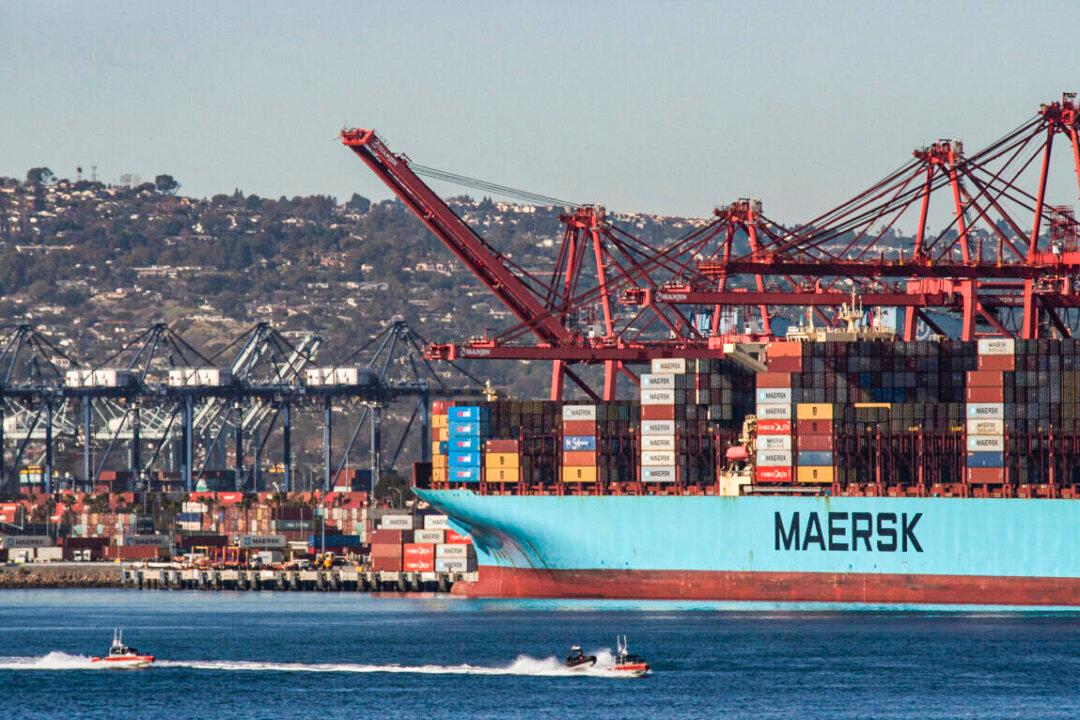Los Angeles and Long Beach ports are seeing fewer cargo ships in recent days but port officials expect a busier spring and summer.
The number of ships headed to Southern California delivering goods to the twin ports was down to 59 on March 4, a big drop from the record 109 in January.





